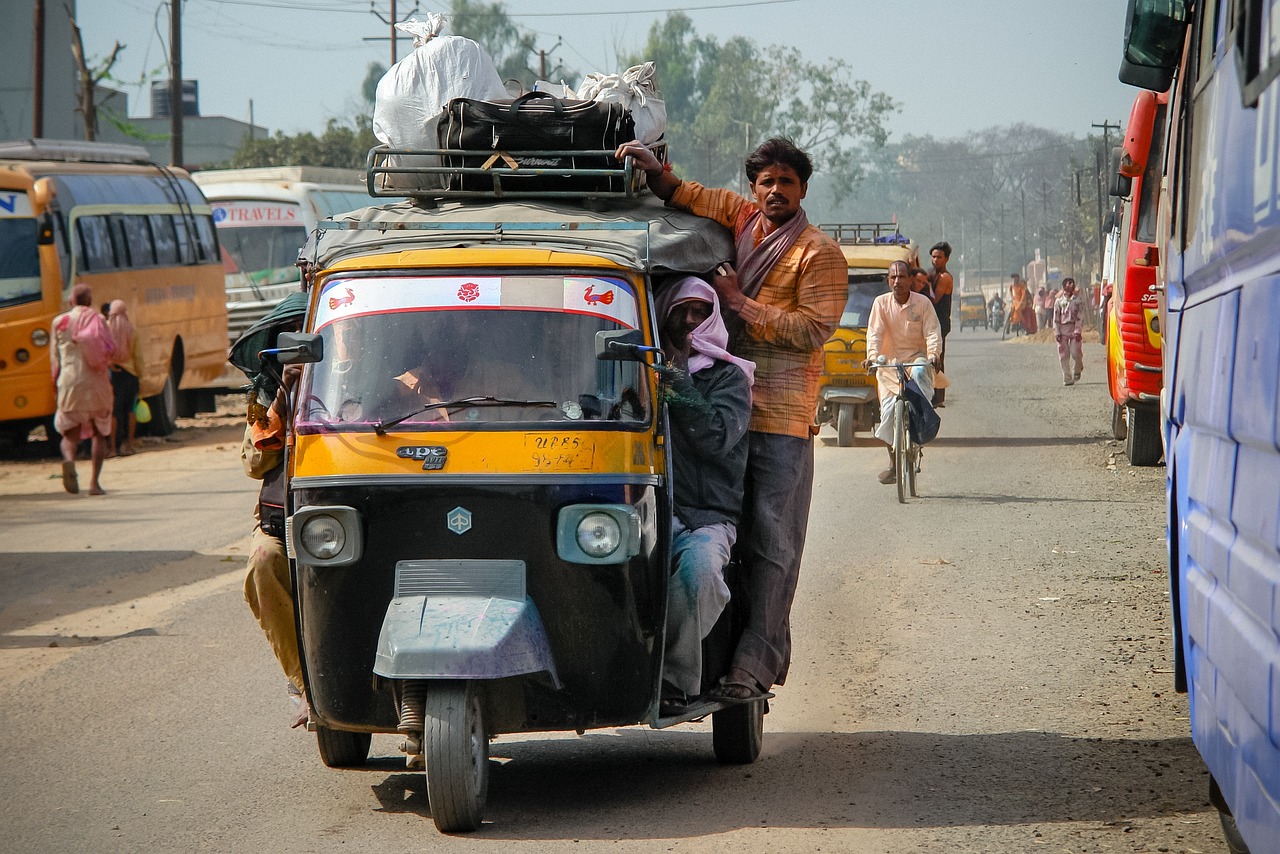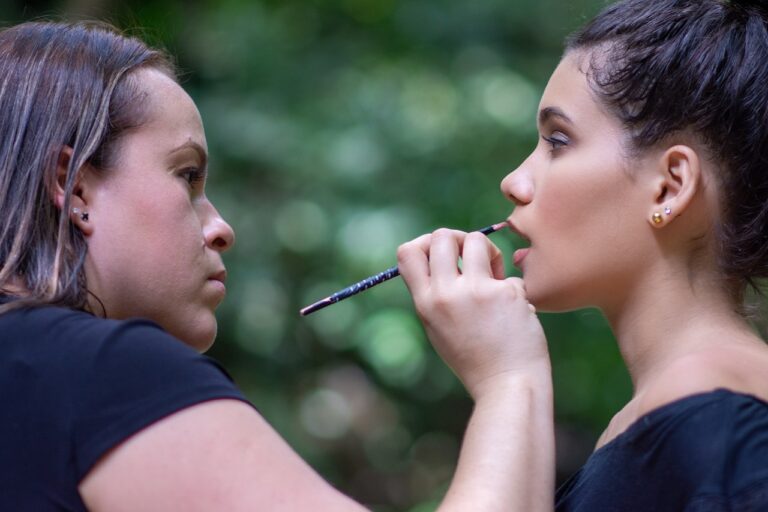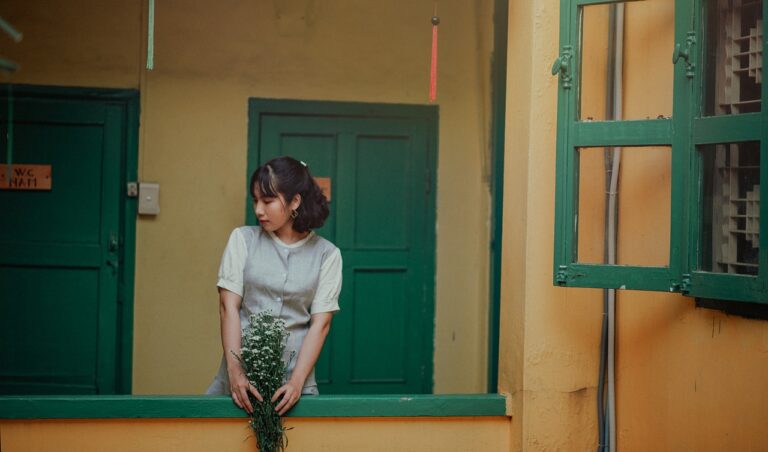Fashion Photography and Fashion Week: Behind the Scenes: Goldenexch, Cricbet99 link, King 567
goldenexch, cricbet99 link, king 567: Fashion Photography and Fashion Week: Behind the Scenes
Fashion photography is a crucial component of the fashion industry. It captures the essence of clothing, accessories, and trends in a visually appealing way that entices viewers. Fashion photographers play a key role in showcasing the creativity and artistry of designers and brands. However, behind every stunning fashion photograph lies a bustling and chaotic world filled with hard work, creativity, and attention to detail.
Before the glitz and glamour of Fashion Week, there is a behind-the-scenes process that is essential to the success of the event. From scouting locations and creating mood boards to coordinating outfits and managing a team, fashion photography requires meticulous planning and execution.
1. Concept Development:
One of the first steps in fashion photography is developing a concept for the shoot. This involves brainstorming ideas, researching trends, and creating a vision for the final images. Concept development sets the tone for the entire shoot and guides the creative direction.
2. Location Scouting:
Finding the perfect location is crucial for a successful fashion shoot. Whether it’s a studio, a city street, or a deserted beach, the location sets the scene and enhances the overall aesthetic of the images. Location scouting involves visiting potential sites, considering lighting and accessibility, and obtaining necessary permits.
3. Styling and Wardrobe Selection:
The clothing and accessories chosen for a fashion shoot play a significant role in the overall look and feel of the images. Stylists work closely with designers and brands to select the perfect outfits that align with the shoot’s concept and enhance the models’ features.
4. Hair and Makeup:
Hair and makeup artists are essential members of the fashion photography team. They are responsible for creating the desired looks for the models, whether it’s a natural, dewy glow or a dramatic, avant-garde style. Hair and makeup artists work closely with the photographer to ensure the models look their best on camera.
5. Lighting and Equipment:
Achieving the perfect lighting is crucial in fashion photography. Photographers use a variety of lighting techniques and equipment, such as studio lights, reflectors, and modifiers, to create the desired mood and highlight the clothing and accessories. Attention to detail is key in ensuring the images are crisp and visually appealing.
Fashion Week is the culmination of months of hard work and preparation in the fashion industry. It is a time when designers, models, photographers, and fashion enthusiasts come together to celebrate creativity and innovation in the industry. Behind the scenes of Fashion Week is a whirlwind of activity, with runway shows, backstage chaos, and last-minute adjustments taking center stage.
6. Runway Shows:
Fashion Week is known for its iconic runway shows where designers showcase their latest collections. Models strut down the catwalk, flaunting the season’s hottest trends while photographers capture every detail from the sidelines.
7. Backstage Chaos:
Behind the scenes of Fashion Week is a frenzy of activity as models, stylists, hair and makeup artists, and designers rush to prepare for the runway shows. Backstage is a hive of creativity and energy, with last-minute fittings, touch-ups, and changes happening at lightning speed.
8. Photography Pit:
Fashion photographers have a prime spot in the photography pit, where they capture the models as they walk down the runway. The photography pit is a competitive and fast-paced environment, with photographers vying for the best shots and angles to showcase the collections.
9. Networking and Collaboration:
Fashion Week is not just about the runway shows; it’s also a time for networking and collaboration in the industry. Photographers have the opportunity to connect with designers, models, stylists, and other professionals, fostering new relationships and opportunities for future collaborations.
10. Aftermath:
Once Fashion Week wraps up, the real work begins for fashion photographers. Sorting through hundreds, if not thousands, of images, editing and retouching photos, and delivering the final images to clients are all part of the post-Fashion Week process. It’s a time-consuming but rewarding part of the job that highlights the dedication and skill of fashion photographers.
Fashion photography and Fashion Week go hand in hand, with both showcasing the creativity, innovation, and artistry of the fashion industry. Behind the scenes of fashion photography and Fashion Week is a world of hard work, collaboration, and attention to detail that culminates in stunning images and unforgettable runway shows.
FAQs
Q: How can I become a fashion photographer?
A: To become a fashion photographer, it’s essential to have a strong portfolio showcasing your work, network with industry professionals, and continuously hone your skills through workshops and practice.
Q: What equipment do I need to start in fashion photography?
A: A good camera, lenses, lighting equipment, and editing software are essential for fashion photography. Invest in quality gear that meets your needs and budget.
Q: How do I find opportunities to photograph Fashion Week?
A: Networking, reaching out to designers and brands, and building relationships with industry professionals are key to securing opportunities to photograph Fashion Week. Attend industry events, connect on social media, and showcase your work to attract attention.
Q: What are some tips for shooting backstage at Fashion Week?
A: Be prepared, adaptable, and respectful when shooting backstage at Fashion Week. Communicate with the team, be mindful of personal space, and capture candid moments that showcase the chaos and creativity behind the scenes.







